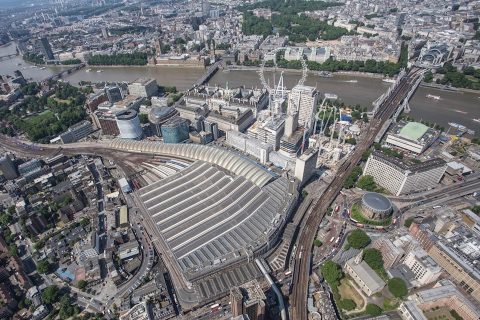UK study finds festive season flights up to five times cheaper than rail

A recent travel analysis conducted by Forbes Advisor, the platform specialising in comparison and financial guidance, has unveiled a notable cost advantage in favour of air travel over rail transportation within the UK this holiday season. For instance, a journey from London to Edinburgh by plane was found to cost 33 pounds (about 37 euros), which is four times cheaper than the equivalent rail journey costing 130 pounds (almost 150 euros).
Want to read more?
You have read all of your free premium articles for this month. Please become a subscriber to keep reading.
Subscribe now!
Take advantage of our exclusive offer to get full access to all premium content.





Rail prices within Great Britain, flight prices within Great Britain and flights from Great Britain to rather close destinations on the European mainland have been compared, but not with prices for trains between Great Britain and the Continent.
E.g. for Bristol to Amsterdam by trains, two or three train tickets, plus the London Underground fare, would add up. On the other hand, I doubt these prices are representative for air travel, and add train costs to the airports or parking.
To compare, I checked prices as of today (end of November) for Bristol to Barcelone on 21.12.2023:
The direct flight would be 141 € oneway, hand luggage. Far over 87 GBP return. For the trains, add Bristol-London (43 €), London-Paris (224 €) and Paris-Barcelone (229 €) and Metro tickets for a total of 500 €, i.e. 3.5 times the flight price. One drawback: Cheapest daily trains of each section do not combine. London – Barcelone could become a convenient night train route, but for track charges.
I like this article because it is an insightful article about the cost dynamics between flying and taking the train in the UK. This highlights the often more economical nature of airline tickets,
Another company I experienced similar to yours, Limelight Travel, reflects a careful awareness of the subject’s travel concerns. I highly recommend them. If interested visit the website, https://limelighttravel.co.uk/.